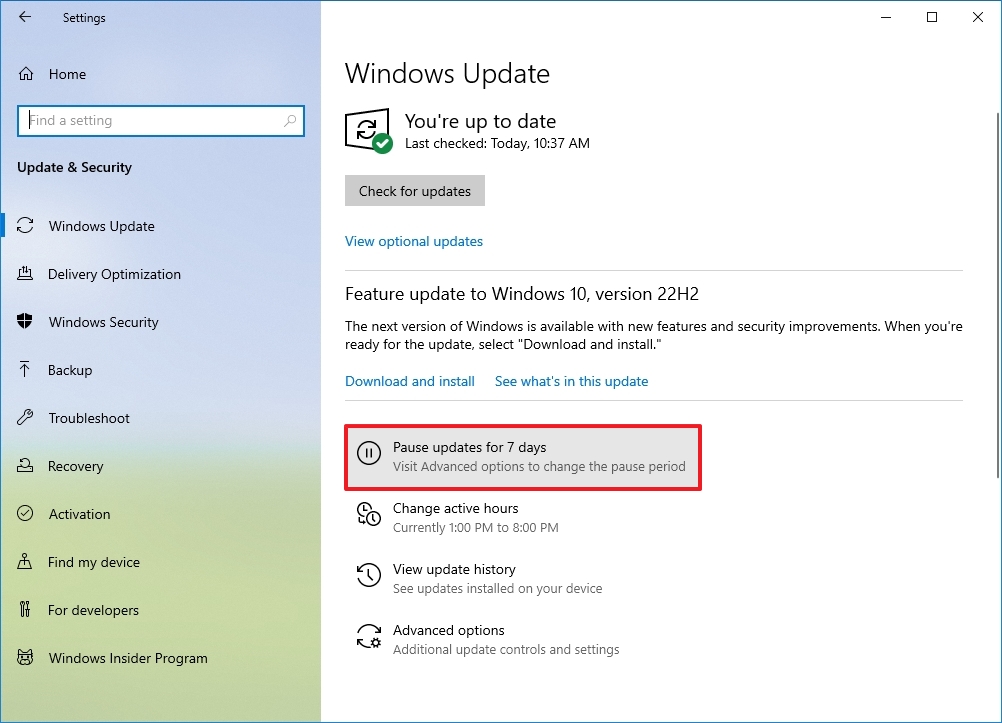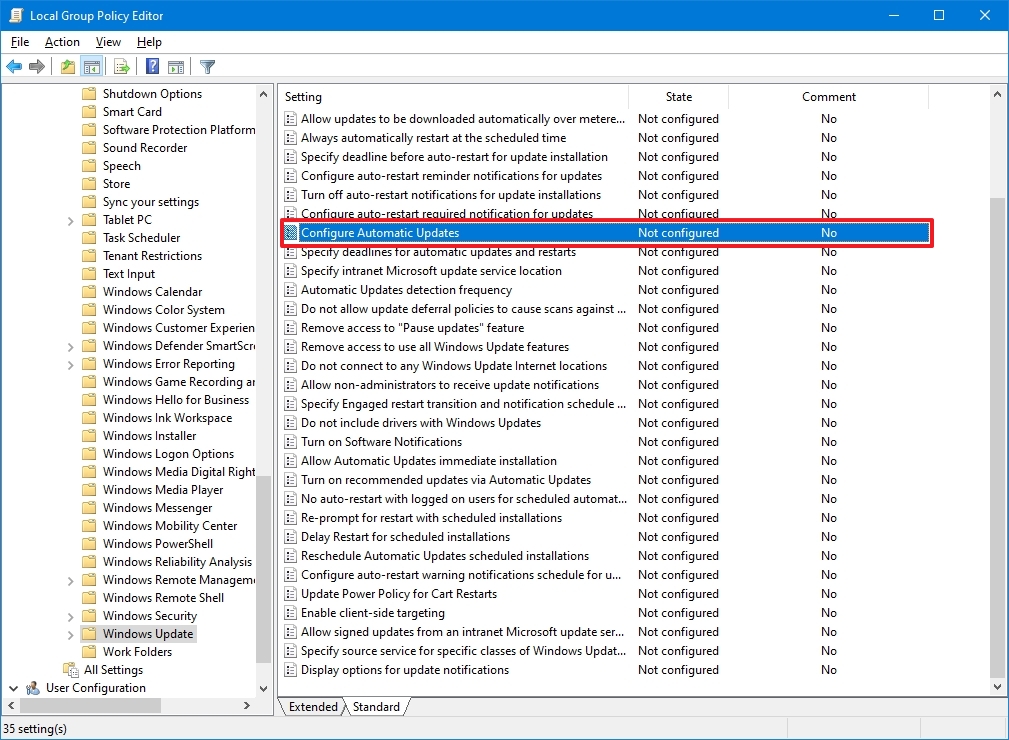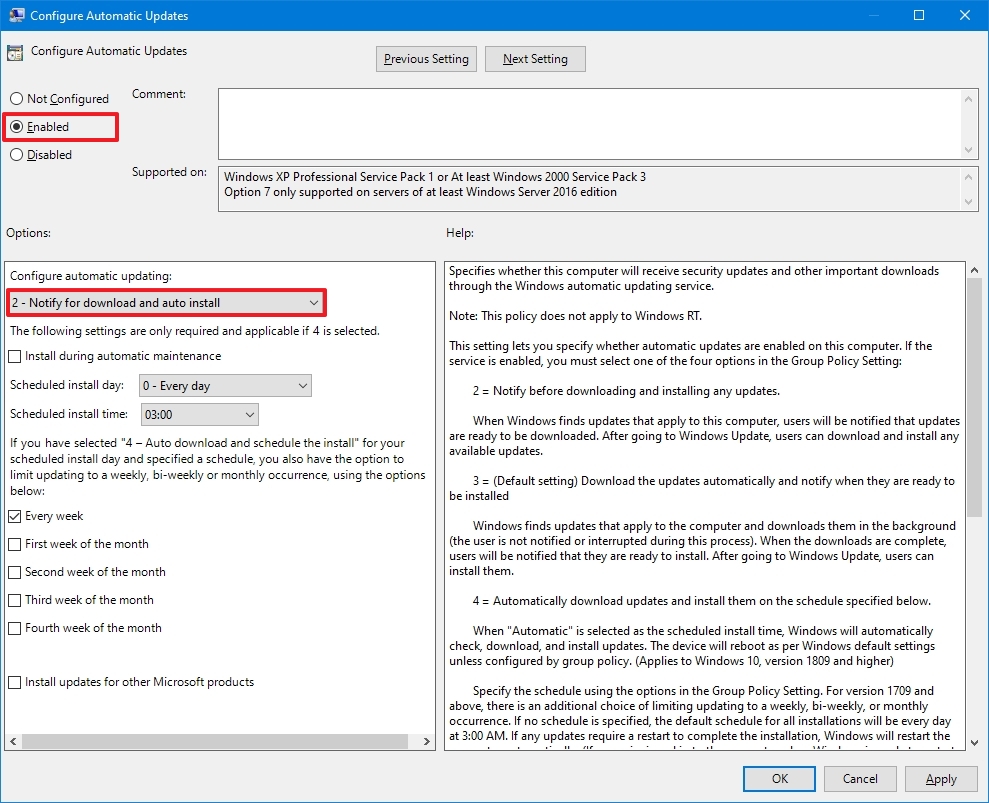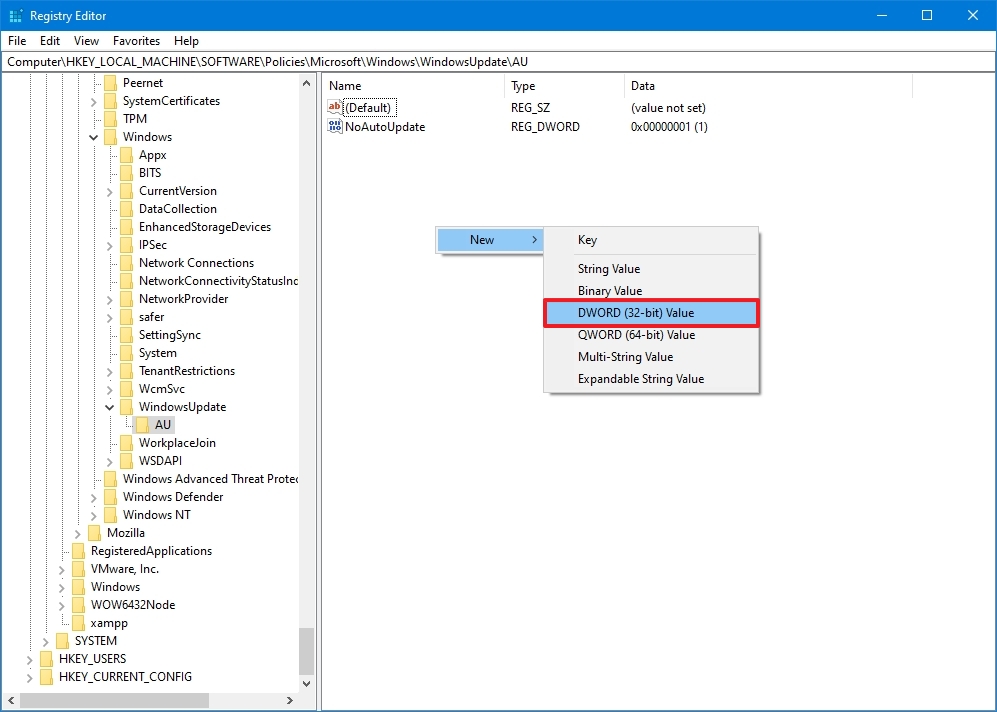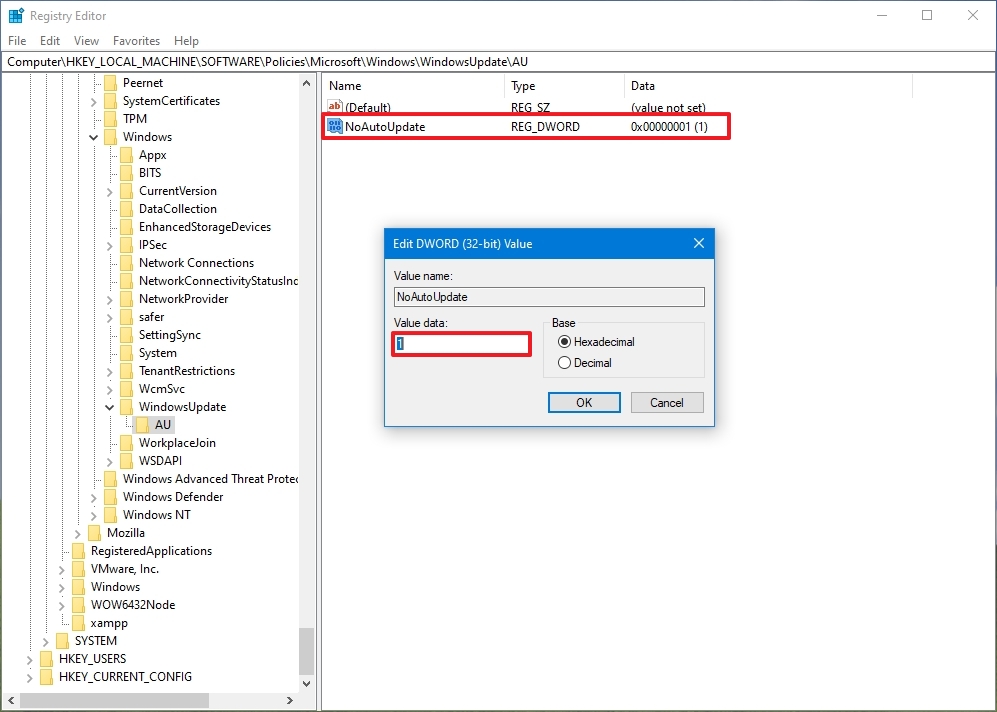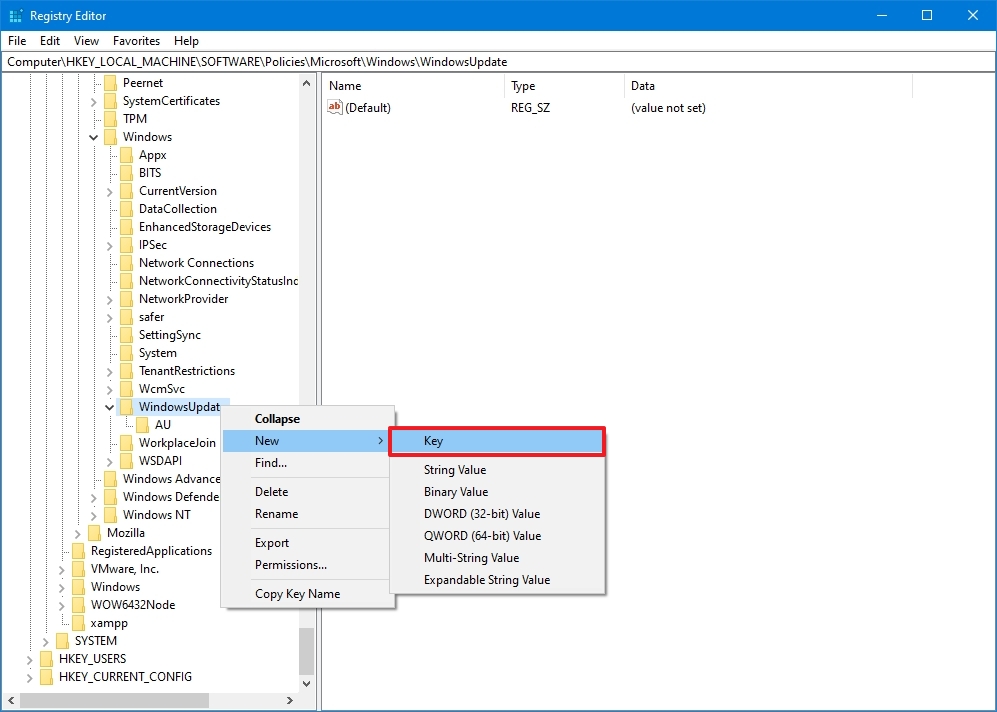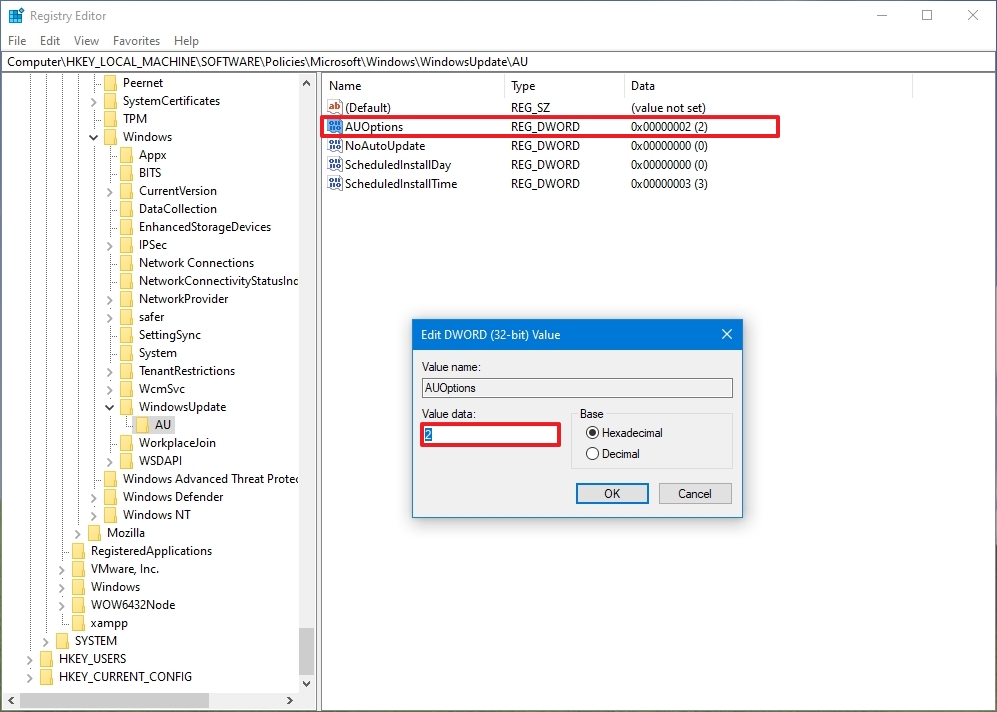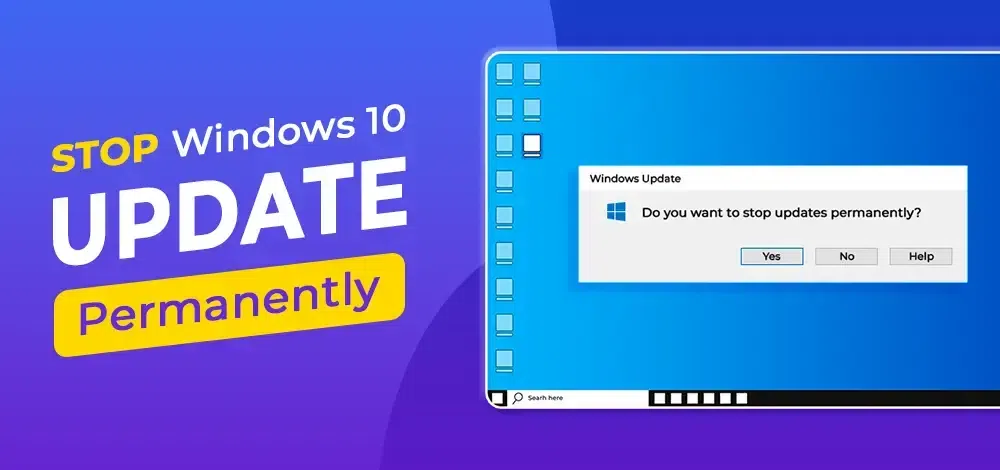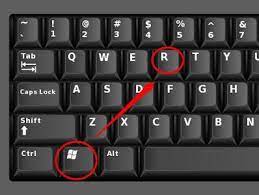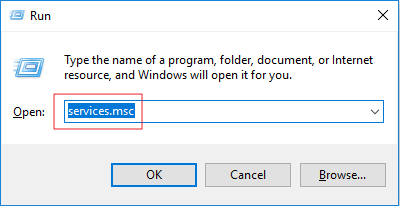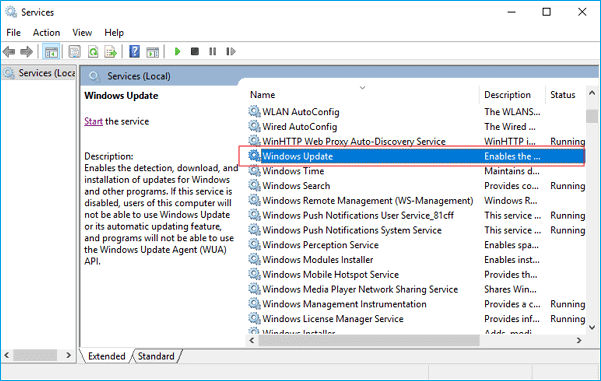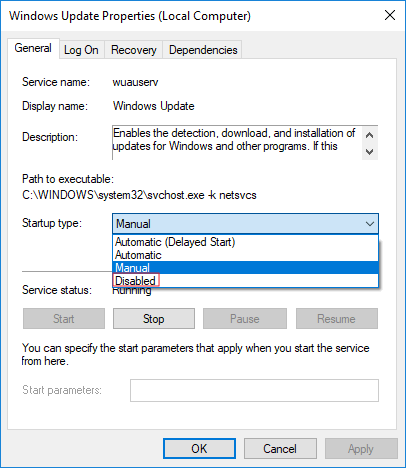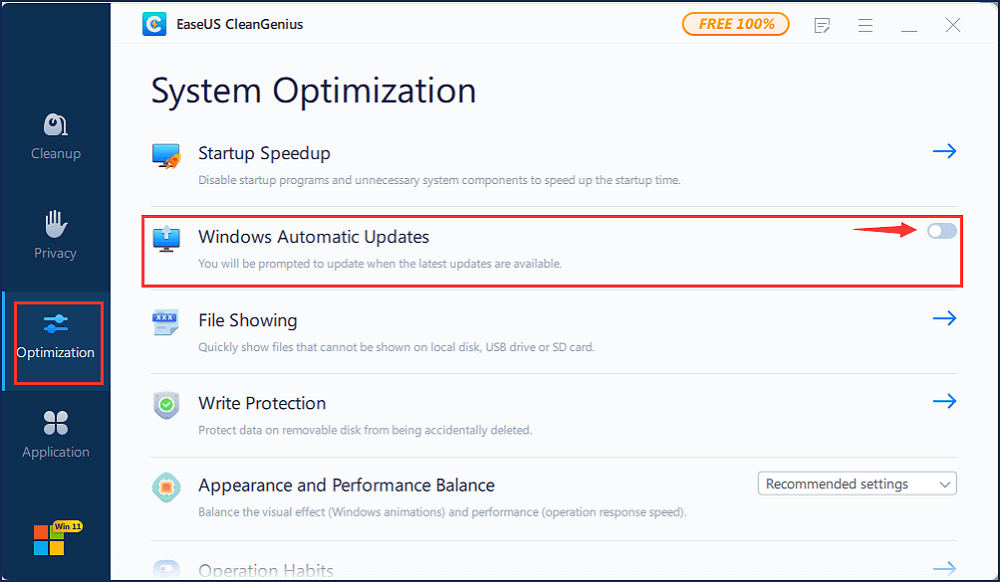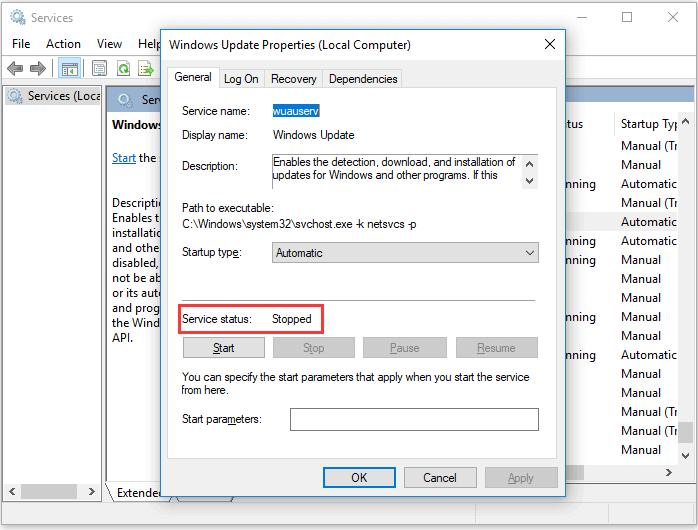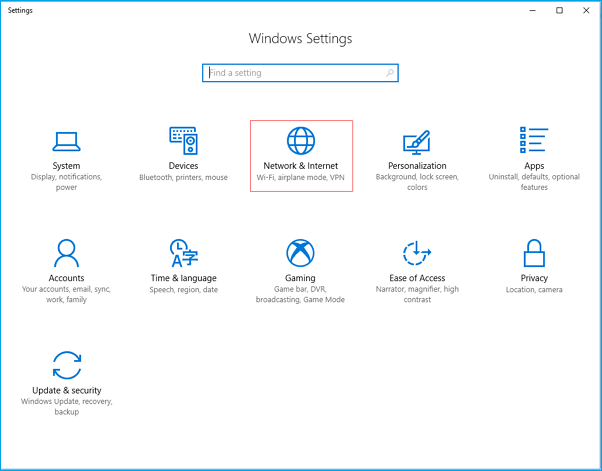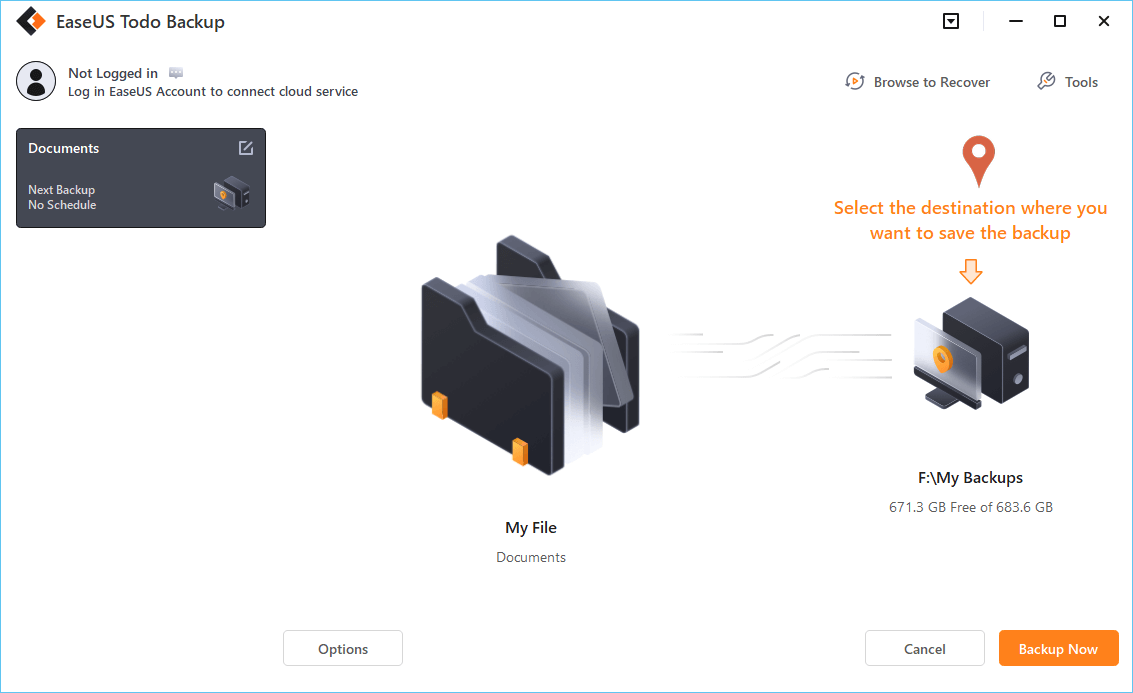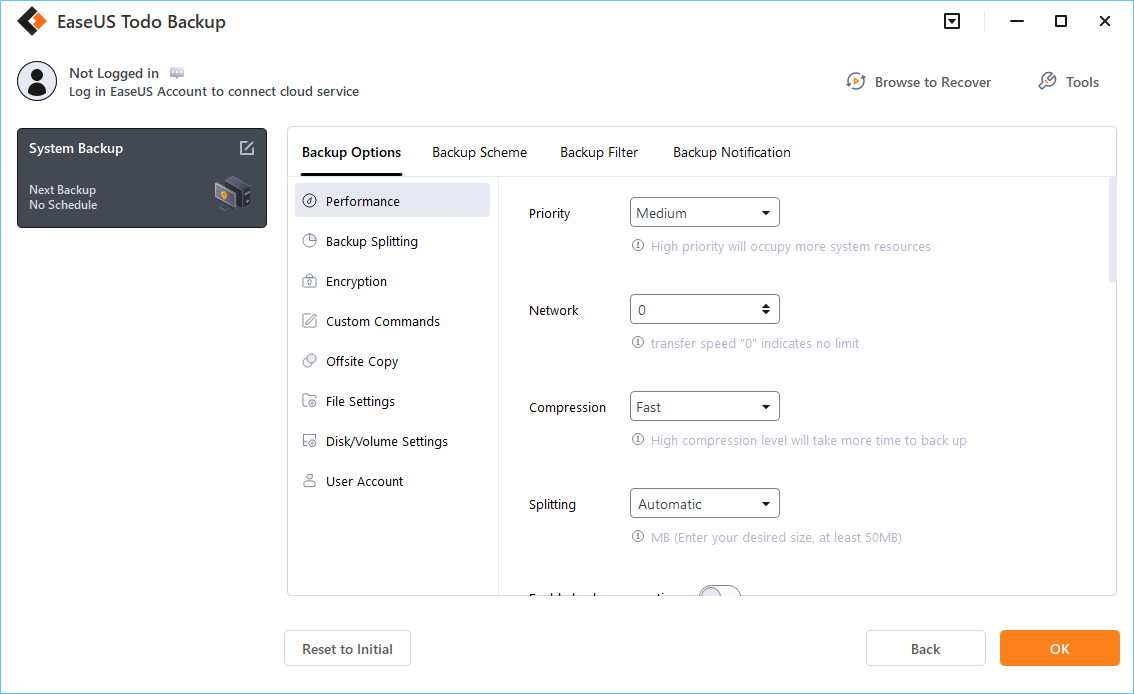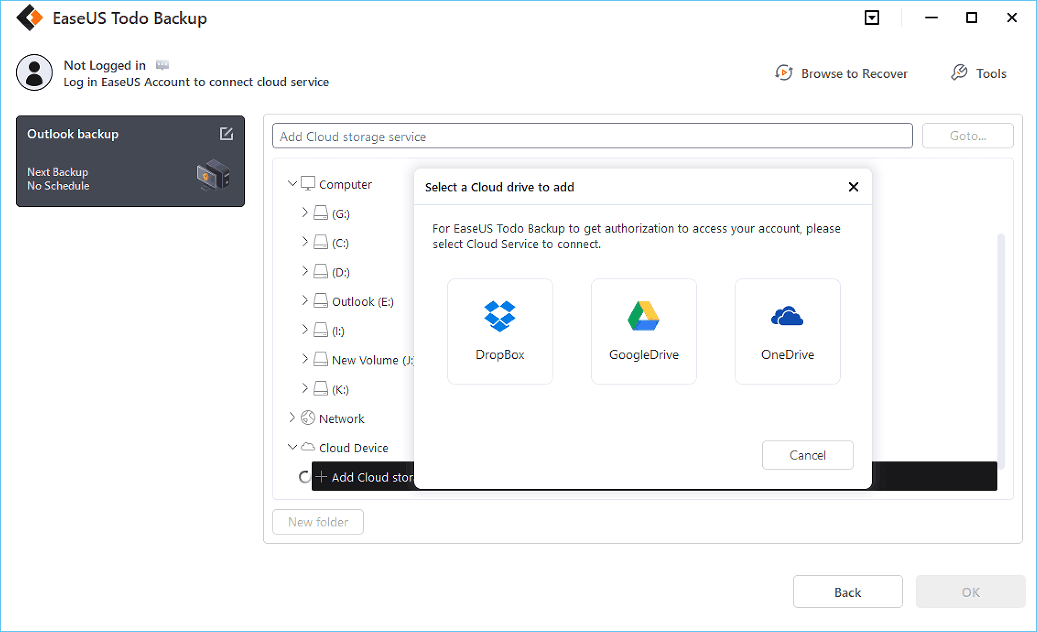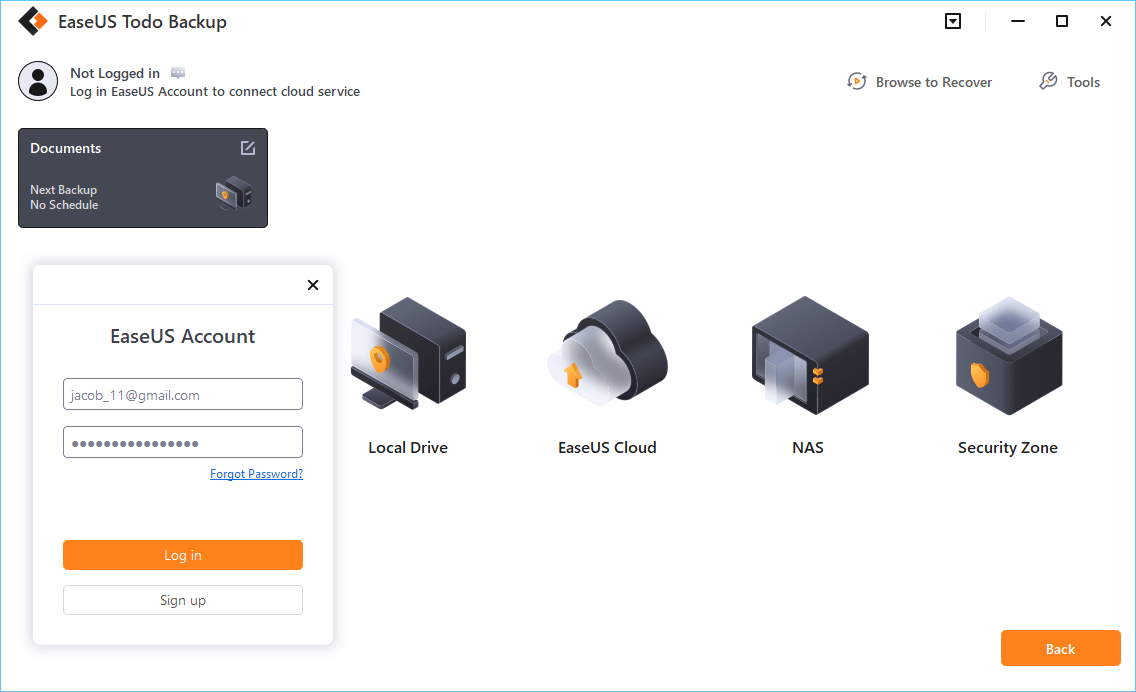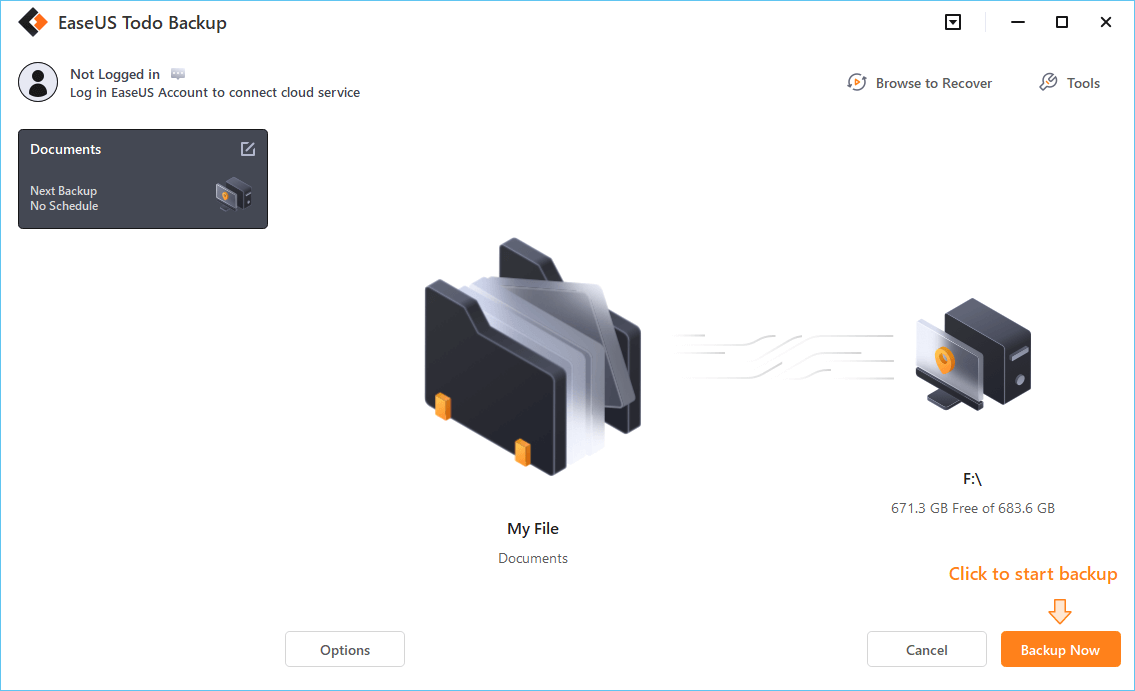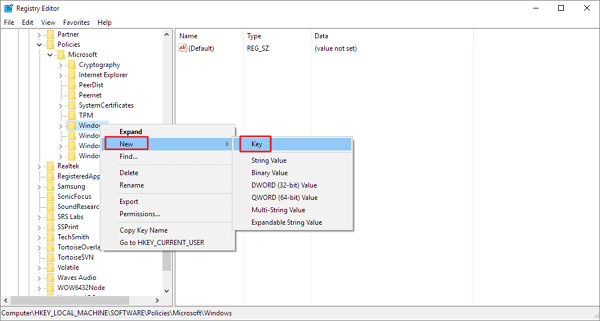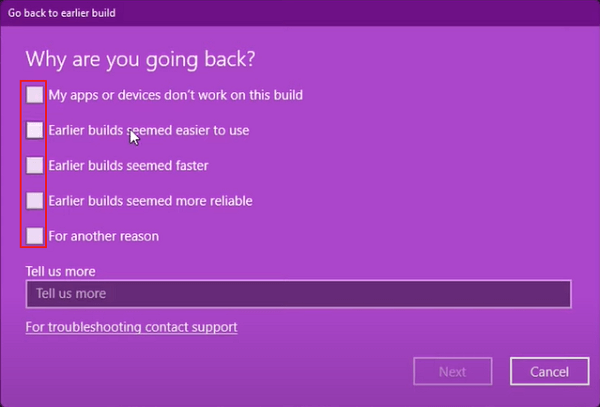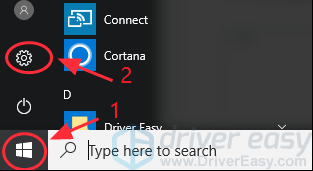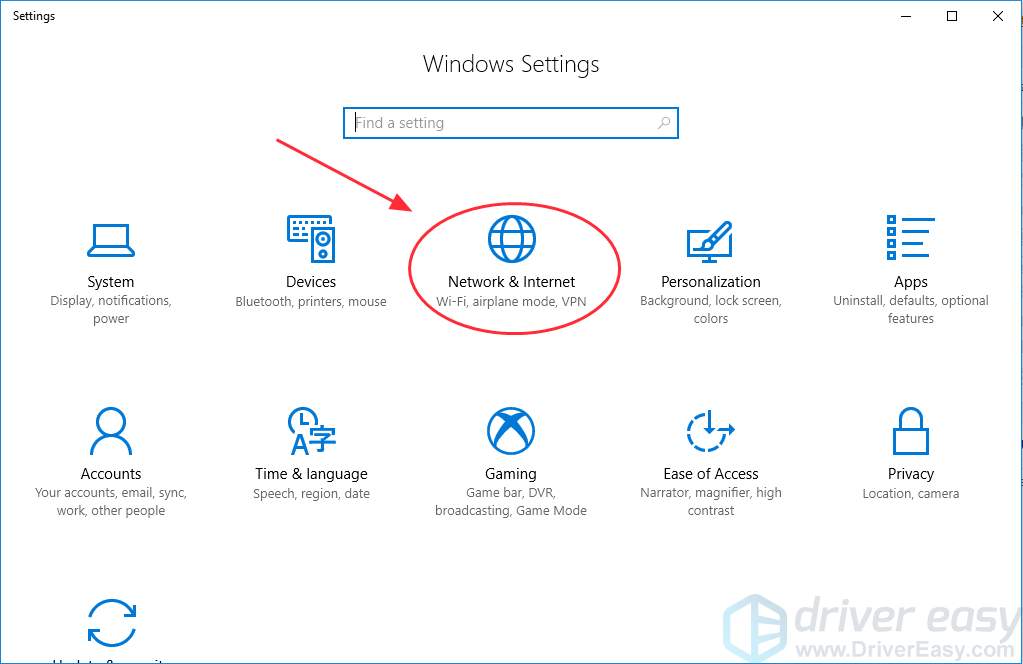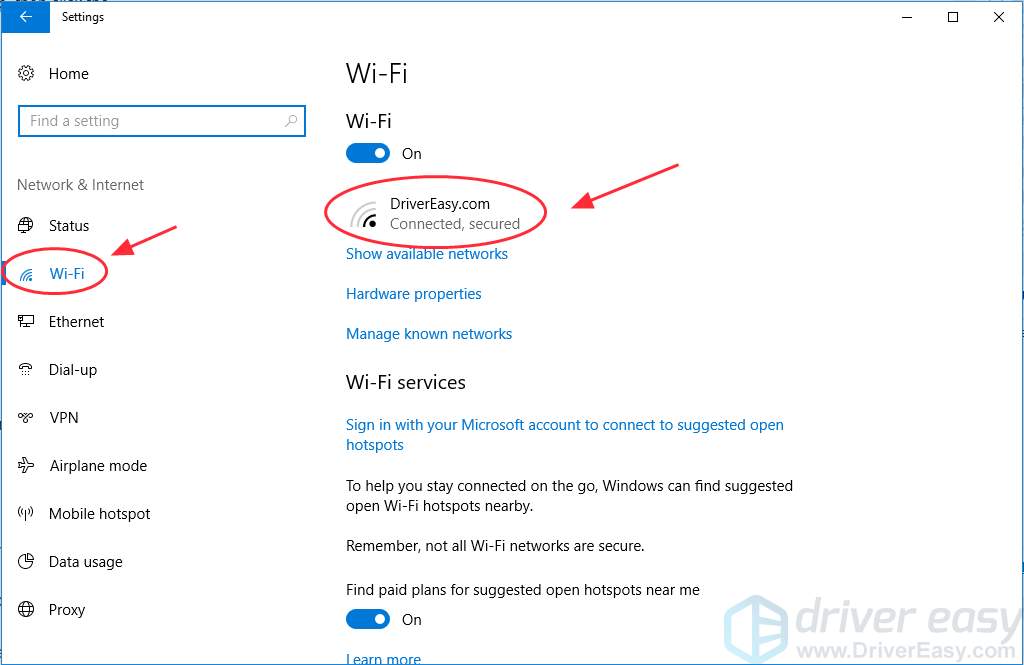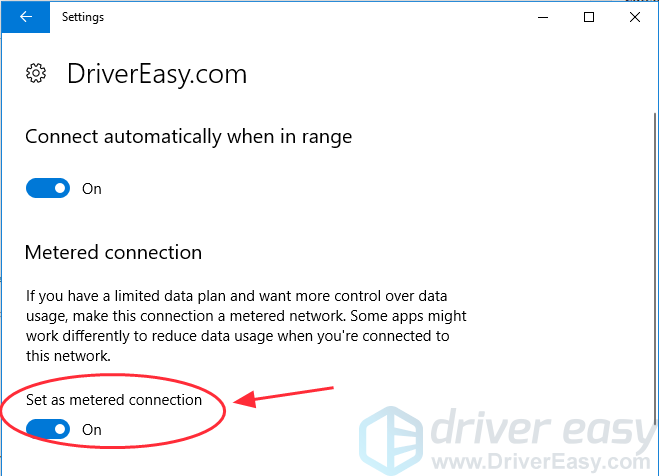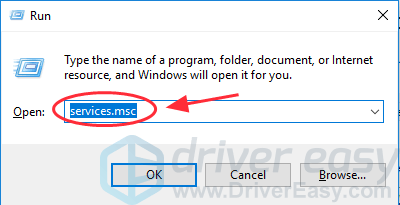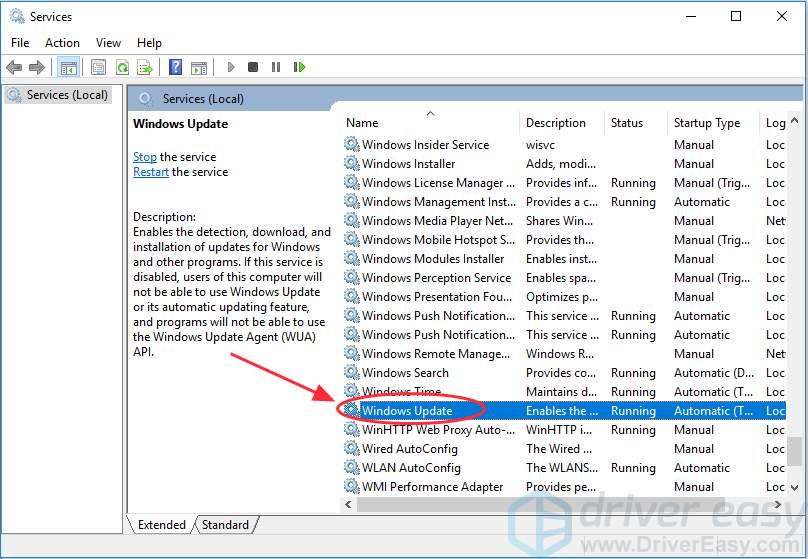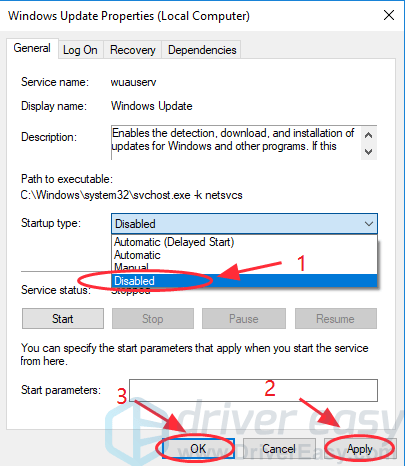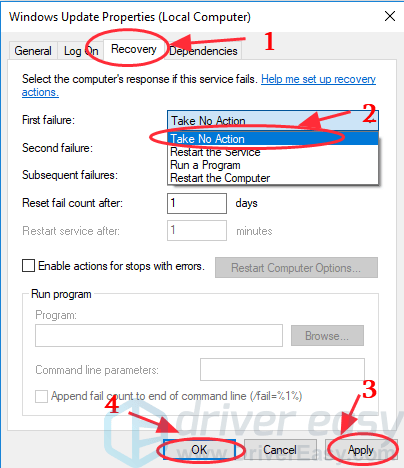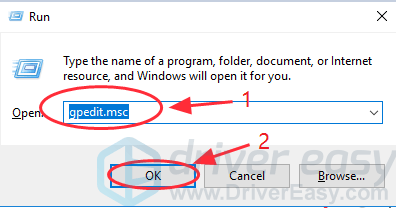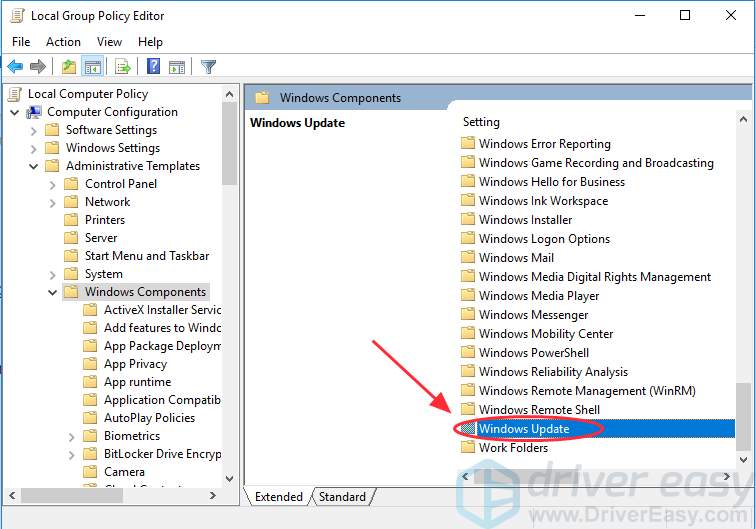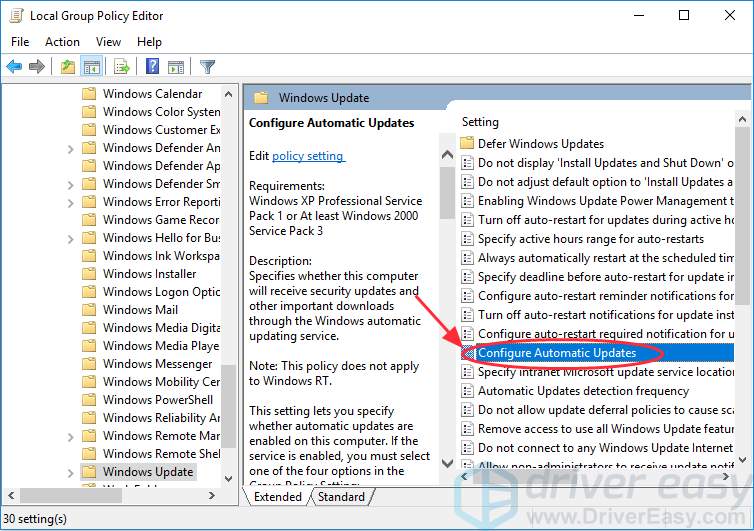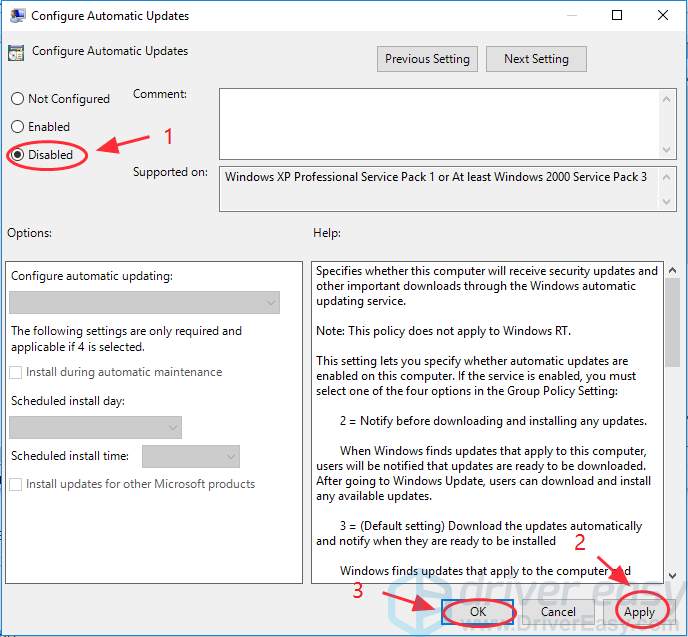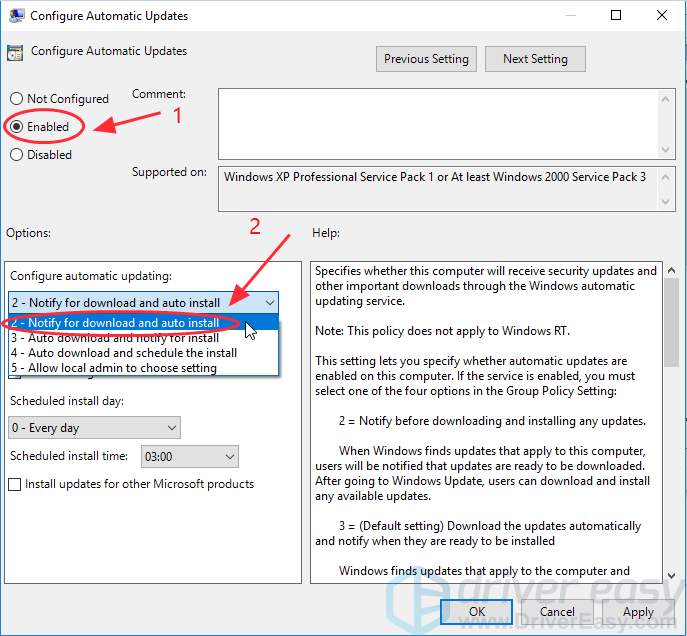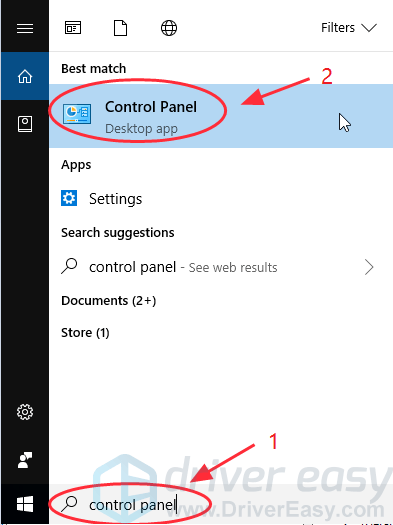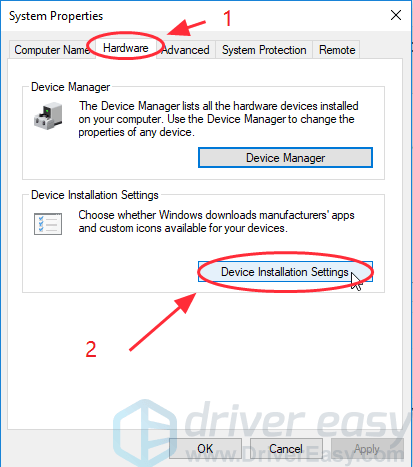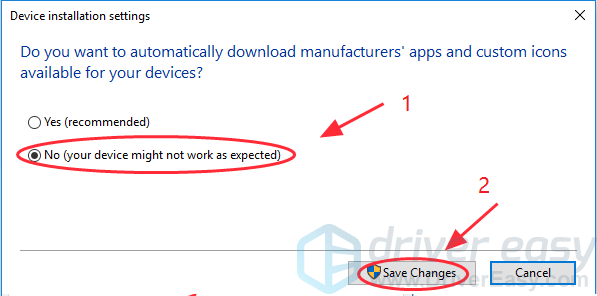
On Windows 10, cumulative updates download and install automatically as soon as they become available. Although this approach allows laptops and desktop computers to receive security updates to patch vulnerabilities, improve performance, and bring enhancements without user interaction, it is a very controversial feature.
Typically, it’s because updates contain bugs that can negatively affect the experience in many ways. For example, they could break existing features, introduce driver and application compatibility problems, or cause the Blue Screen of Death (BSoD), and they require a system restart to complete the installation, which can disrupt your workflow.
If you experience more problems than benefits during updates, or if you have a good reason to use a device without updates, depending on your edition of Windows 10, you can disable automatic updates using the Settings app or permanently with Group Policy and Registry.
This guide will walk you through the steps to prevent Windows Update from automatically downloading and installing updates on Windows 10.
How to disable automatic updates using Settings
You do not need to disable Windows Update permanently if you want to prevent the system from downloading a specific update immediately. Instead, you could pause updates for up to seven days.
To disable automatic updates temporarily, use these steps:
- Open Settings.
- Click on Update & Security.
- Click on Windows Update.
- Click the «Pause updates for 7 days» option.
Once you complete the steps, Windows Update will no longer download for the time you specified. When the system reaches the pause limit, you will need to install the latest patch available to make the option available again.
You can always undo the changes with the instructions outlined above, but on step 4, choose the Select date option. Alternatively, you can accomplish the same effect by clicking the Resume updates button.
How to disable automatic updates using Group Policy
On Windows 10 Pro, the Local Group Policy Editor includes policies to permanently disable automatic updates or change the update settings to choose when patches should be installed on the device.
Disable Windows 10 updates
To disable automatic updates on Windows 10 permanently, use these steps:
- Open Start.
- Search for gpedit.msc and click the top result to launch the Local Group Policy Editor.
- Navigate to the following path: Computer Configuration > Administrative Templates > Windows Components > Windows Update
- Double-click the «Configure Automatic Updates» policy on the right side.
- Check the Disabled option to turn off automatic Windows 10 updates permanently.
- Click the Apply button.
- Click the OK button.
After you complete the steps, Windows 10 will stop downloading updates automatically. However, the ability to check for updates manually will continue to be available on Settings > Update & Security > Windows Update, and clicking the Check for updates button to download the most recent patches as needed.
If you want to enable automatic updates on the computer again, you can use the same instructions outlined above, but in step 5, make sure to select the Not Configured option.
Limit Windows 10 updates
The Local Group Policy Editor also lets you choose how to disable automatic updates.
To manage Windows Update automatic downloads with Group Policy on Windows 10, use these steps:
- Open Start.
- Search for gpedit.msc and select the top result to launch the experience.
- Navigate to the following path: Computer Configuration > Administrative Templates > Windows Components > Windows Update
- Double-click the Configure Automatic Updates policy on the right side.
- Check the Enable option to turn on the policy.
- Under the «Options» section, select the option to prevent updates from downloading automatically on Windows 10:
- 2 — Notify for download and auto install.
- 3 — Auto download and notify for install.
- 4 — Auto download and schedule the install.
- 5 — Allow local admin to choose setting.
- 7 — Auto Download, Notify to install, Notify to Restart.
- Quick tip: The best option to disable automatic updates is the 2 — Notify for download and auto install option, but you can make a different selection. If you choose option 2, updates won’t download automatically. Instead, you will now see an «Install now» button to manually trigger an update on the Windows Update settings page.
- Click the Apply button.
- Click the OK button.
Once you complete the steps, automatic updates will be permanently disabled on Windows 10. However, when new updates become available, you can install them manually from the Windows Update settings page.
How to disable automatic updates with Registry
You can also use the Registry in two different ways to disable automatic updates on Windows 10.
Warning: This is a friendly reminder that editing the Registry is risky and can cause irreversible damage to your installation if you don’t do it correctly. Before proceeding, it’s recommended to make a backup of your PC.
Disable updates
To disable Windows 10 updates permanently by changing the Registry settings, use these steps:
- Open Start.
- Search for regedit and click the top result to launch the Registry Editor.
- Navigate to the following path: HKEY_LOCAL_MACHINE\SOFTWARE\Policies\Microsoft\Windows
- Right-click the Windows (folder) key, select the New submenu and choose the Key option.
- Name the new key WindowsUpdate and press Enter.
- Right-click the newly created key, select the New submenu, and choose the Key option.
- Name the new key AU and press Enter.
- Right-click the AU key, select the New submenu, and choose the DWORD (32-bit) Value option.
- Name the new key NoAutoUpdate and press Enter.
- Double-click the newly created key and change its value from 0 to 1.
- Click the OK button.
- Restart the computer.
After you complete the steps, automatic updates will be disabled permanently on the device. However, you will still be able to download updates by clicking the Check for updates button on the Windows Update settings page.
If you want to undo the changes, you can use the same instructions outlined above, but on step 4, right-click the WindowsUpdate key, select the Delete option, then reboot the computer to apply the settings.
Limit updates
Finally, you can use the Registry to configure the system settings to decide how to get updates on Windows 10.
To use the Registry to stop automatic updates (but choosing how to receive updates), use these steps:
- Open Start.
- Search for regedit and click the top result to open the Registry Editor.
- Navigate to the following path: HKEY_LOCAL_MACHINE\SOFTWARE\Policies\Microsoft\Windows
- Right-click the Windows (folder) key, select the New submenu and choose the Key option.
- Name the new key WindowsUpdate and press Enter.
- Right-click the newly created key, select the New submenu, and choose the Key option.
- Name the new key AU and press Enter.
- Right-click the AU key, select the New submenu, and select the DWORD (32-bit) Value option.
- Name the new key AUOptions and press Enter.
- Double-click the newly created key and change the value (number only) to:
- 2 — Notify for download and auto install.
- 3 — Auto download and notify for install.
- 4 — Auto download and schedule the install.
- 5 — Allow local admin to choose settings.
- 7 — Auto Download, Notify to install, Notify to Restart.
- Quick note: These options are the same as the Group Policy settings, and option 2 is the closest to disable Windows Update permanently.
- Click the OK button.
- Restart the computer.
Once you complete the steps, cumulative updates will no longer download and install automatically. However, when a new update becomes available, you will find the option to install it manually from the Windows Update settings.
You can use the same instructions outlined above to restore the original settings, but on step 4, right-click the WindowsUpdate key, select the Delete option, and reboot the computer.
Updates are essential to fix security vulnerabilities, resolve issues, and improve the overall experience, no matter the version of Windows you use. However, you may still need to disable this feature in some situations. For instance, when you want to have complete control over updates on Windows 10, when you want to avoid issues since bugs are common in most rollouts, or when you are using a critical app or equipment and you do not want to encounter any compatibility issues.
More resources
For more helpful articles, coverage, and answers to common questions about Windows 10 and Windows 11, visit the following resources:
- Windows 11 on Windows Central — All you need to know
- Windows 10 on Windows Central — All you need to know
All the latest news, reviews, and guides for Windows and Xbox diehards.
Mauro Huculak is technical writer for WindowsCentral.com. His primary focus is to write comprehensive how-tos to help users get the most out of Windows 10 and its many related technologies. He has an IT background with professional certifications from Microsoft, Cisco, and CompTIA, and he’s a recognized member of the Microsoft MVP community.
In 2015 Microsoft Cooperation produced a significant release in the operating system market which we all know as Windows 10. Since then, Microsoft releases several updates to this operating system to keep the system up to date. On the other hand, there are certain times, when their automatic updates keep annoying their users, which also results in a forceful shutdown of the system.
While installing the updates on the device, it consumes a lot of time & data to complete the whole process. So, there is no doubt that you might think to stop Windows 10 updates on the machine. This is why we’re going to discuss how to disable Windows updates.
We will now be discussing a list of required methods to disable updates on Windows 10 without causing any errors.
How To Stop Windows Update?
Method 1: Using Services
Step 1: At first, open the Search Box & write down Services there. Now, the Service option will be available & click on it.
Step 2: A big list will appear in the next window. Search for the Windows Update option & right-click over there.
Step 3: A new popup window will be opened. From the Startup Type dropdown menu, select the Disable option. And just below it, click on the Stop button. In the end, click on the Apply button to save the changes.
Hence, we have successfully stopped Windows 10 updates using the Services on the device.
Method 2: Using Group Policy
Step 1: Agin open the Search bar in Windows 10 & Search for the “gpedit.msc”. Just press Enter to move ahead.
Step 2: Now, the window for the Group Policy will be opened. In the left sidebar, first, expand the Administrative Templates. And inside that, again expand the folder Windows Components.
Step 3: Now, on the right-hand side of the screen, double-click on the option Configure Automatic Update
Step 4: On the left-hand side of the screen, three-button options are present. Click on the option Disable & close the windows.
Hence, we have successfully stopped Windows 10 updates using the Group Policy on the device.
Method 3: Using Register Policy
Step 1: To stop Windows 10 from update, run the “regedit” command in the Search Box on the device. Press Enter to move ahead.
Step 2: Now, a new window will be opened & the below-mentioned path should be followed by expanding folders on the Left Hand Side of the Screen. After reaching the endpoint of the path, Right Click on the folder Windows. Some more options will be available. Among them click on the New option.
Path: HKEY_LOCAL_MACHINE\SOFTWARE\Policies\Microsoft\Windows
Step 3: A new subfolder will be created inside the Windows folder. Give the name “WindowsUpdate”.
Step 4: Inside the “WindowsUpdate” using the same process create another subfolder. And provide its name as “AU”.
Step 5: On the right-hand side of the screen, right-click anywhere. Under the New option, select the option DWORD (32-bit) Value.
Step 6: Now, a new value will be added there & the value will be “NoAutoUpdate”. Then press Enter to save the changes & close all the windows.
Hence, we have successfully stopped Windows 10 updates using the Register Policy on the device.
Method 4: Using Task Scheduler
Step 1: To stop updating Windows 10, search for the Task Scheduler in the Search bar on the device. One option will be available with the same name, click on that to move ahead.
Step 2: On the left-hand side of the screen, expand the folder Task Scheduler Library. Under such folder, again expand the folder Microsoft. Inside the Microsoft folder, the Windows folder will be available.
Step 3: In the right-hand side window, a Schedule Start option is present. Right-click on the option & click on the Disable option to complete the process.
Hence, we have successfully stopped Windows 10 updates using the Task Scheduler on the device.
Method 5: Pause Updates
Step 1: Open the Settings. Inside the Setting window, click on the Update & Security option.
Step 2: In the next window, click on Advanced Options under the Update Settings.
Step 3: Inside the next window, the Pause Updates option will be available & enable the button. It will pause the updates in Windows 10 for 35 days.
Hence, we have successfully stopped Windows 10 updates using the Pause method on the device.
Method 6: Using Metered Connection
Step 1: At first, the Settings window will be opened. Then among so many options move for the Network & Internet option. Click on it to open.
Step 2: In the next window, from the left-hand side click on the option Ethernet.
Step 3: On the next window, an option will be present as the Metered Connection. Enable the button present below.
Hence, we have successfully stopped Windows 10 updates using the Metered Connection method on the device.
Step 7: Uninstall Updates
Step 1: In this case also, the Setitngs of the Windows will be opened. And in that window, click on the Update & Security option.
Step 2: In the next window, in the left-hand sidebar, click on the option Windows Update from so many options present there.
Step 3: After that, click on the View Update History option to move ahead.

Step 4: In the next window, click on Uninstall Updates to remove the installed updates from the device.
Hence, we have successfully stopped Windows 10 updates by Uninstalling Updates from the device.
Conclusion
These are some simple methods discussed to clear the Windows 10 update problem. But using some of the methods might not give a proper & permanent solution to it. All of the methods should be used one by one. Otherwise, you might receive another Windows 10 update patch on your device. So, following all the methods will only be the solution.
«Every time I try to shut down my computer, I was forced to update my Windows 10. But I really don’t want to update my operating system because the automatic update might take up the system and network resources. Is there anybody who can help me solve this problem and disable Windows 10 update? Thanks in advance.»
All solutions to disable Windows 10 update:
| Solutions | Step-by-step Troubleshooting |
|---|---|
| 1. Manually Disable Windows Update | Press the Windows key + R to open the Run box…Full steps |
| 2. Change the Settings of the Group Policy Editor | Go to Computer Configuration > Administrative Templates…Full steps |
| 3. Meter Your Network Connection | Click «Network & Internet» in the Settings app…Full steps |
| 4. Change Update Settings using Registry | Type regedit, and click OK to open the Registry…Full steps |
Whenever you are faced with Windows’ automatic update notifications like:
- Install updates automatically
- Download Updates but choose when to install them
- Check for updates but let me choose whether to download and install them
What would you do? Here, we have the following solutions.
- Tip
- Before proceeding with the four solutions to fully stop Windows 10 updates, check your own Windows 10 edition (Home, Professional, Education, or Enterprise) by going to Settings -> System -> About so that you can find the most appropriate solution. Besides, the fourth way of trying to control the Windows 10 update by using Registry is somewhat risky, do remember to backup Windows 10 to external hard drive and the details will be shown in the extra tips section.
How to Disable Windows 10 Update
Applies to: Windows 11, Windows 10, and Windows 8. For different system versions, the operation steps may be slightly different.
Solution 1. Disable Windows Update Service
Understand the limitations of this method. While disabling the automatic update service will temporarily halt any Windows 10 cumulative updates, the service will re-enable itself after a certain amount of time. Here are the directions:
1. Press the Windows logo key + R at the same time to invoke the Run box.
2. Type services.msc and press Enter.
3. Scroll down to Windows Update, and double-click it.
4. In Startup type, select «Disabled». Then click «Apply» and «OK» to save the settings.
Do you prefer a one-click solution to disable the Windows automatic update feature? If so, get the versatile toolkit — EaseUS CleanGenius to help you. With it, you can disable/enable Windows Update, repair hard drives, remove/enable write-protection, and more within seconds.
To disable Windows Update:
Step 1. DOWNLOAD EaseUS CleanGenius for free and install it on your computer.
Step 2. Launch EaseUS CleanGenius and go to «Optimization».
Step 3. The tool will detect the status of the Windows Update service automatically. If Windows Update is currently enabled, click the switch to stop the service.
Step 4. If you want to check whether you have disabled the service automatically, go to «Start» > type «Services» > right-click «Services» and choose «Run as administrator».
Step 5. In the list of services, find and right-click «Windows Update» > «Properties». In the «Service status» section, you should see the service has been stopped.
Solution 2. Change the Setting of the Group Policy Editor
The Group Policy feature is not available in the Home edition. So, only when you run Windows 10 Professional, Enterprise, or Education, you can use the Group Policy Editor to change the settings to prevent Windows 10 from automatically updating. The group policy editor will notify you of new updates without automatically installing them.
- Press the Windows logo key + R then type gpedit.msc and click OK.
- Go to «Computer Configuration» > «Administrative Templates» > «Windows Components» > «Windows Update».
- Double-click «Configure Automatic Updates».
- Select «Disabled» in Configured Automatic Updates on the left, and click Apply and «OK» to disable the Windows automatic update feature.
Note: If you need to update your Windows version later, you can repeat the steps above, then select Enabled to turn on this feature, so that you can continue to download the updates.
Solution 3. Meter Your Network Connection
Understand that this method won’t work for Ethernet connections. You can only disable automatic updates by using this method on a Wi-Fi connection. If your computer is connected to WiFi, you can try this to stop Windows 10 automatic updates.
1. Click the Start button at the bottom left on your desktop, then click the «Settings» app.
2. Click «Network & Internet».
3. Click WiF in the left pane, then click the name of your Wi-Fi connection.
4. Click to turn on Set as metered connection.
Solution 4. Change the way of Windows 10 Updates Using Registry
Extra Tips: Editing the registry is risky, and it can cause irreversible damage to your installation if you don’t do it correctly. It’s recommended that you make a full backup of your computer before proceeding. All you need to do is use this backup software to back up your data in three steps:
Step 1. Click «Select backup contents» to initiate a backup.
Step 2. There are four data backup categories, File, Disk, OS, and Mail, click File.
Step 3. Local and network files will be displayed on the left side. You may extend the directory to choose which files to back up.
Step 4. Select the location where you want to store the backup by following the on-screen instructions.
Click «Options» to encrypt the backup with a password in «Backup Options,» and to setup a backup schedule and choose to initiate a backup at a certain event in «Backup Scheme.» There are a variety of other customization options available for the backup process.
Step 5. You may save the backup to a local disk, EaseUS’ online service, or a NAS.
Step 6. EaseUS Todo Backup enables customers to back up data to a third-party cloud drive and its own cloud drive.
If you want to back up data to a third-party cloud drive, choose Local Drive, scroll down to add Cloud Device, add your account, and then log in.
You can also save backups to EaseUS’s cloud storage service. Sign up for an EaseUS Account and log in after clicking EaseUS Cloud.
Step 7. To begin backup, click «Backup Now» Once the backup process has been finished, it will be shown as a card on the panel’s left side. To further manage a backup job, right-click it.
With a backup at hand, now it’s safe to customize a Windows 10 update without receiving any forced updates on your computer. Here’s how to make the change in Registry:
1. Press the Windows key + R key to open the Run command.
2. Type regedit, and click OK to open the Registry.
Browse the following path:
HKEY_LOCAL_MACHINE\SOFTWARE\Policies\Microsoft\Windows
3. Right-click the Windows folder, select «New» and then click «Key».
4. Name the new key «WindowsUpdate» and press «Enter».
5. Right-click the newly created key, select «new», and click «Key».
6. Name the new key AU and press Enter.
Inside the newly created key, right-click on the right side, select «New», and click on «DWORD (32-bit) Value».
7. Name the new key AUOptions and press Enter.
Double-click the newly created key and change its value to 2. It’s for «Notify for download and notify for install». Click «OK».
8. Close the Registry to complete the task.
Using this value prevents Windows 10 from downloading updates automatically, and you’ll get a notification when new updates are available. In this way, you can avoid any auto Windows 10 update effectively.
That’s how you could make an attempt to disable Windows 10/11 updates in every way. Each method has been proved to work as long as you wish to turn off all the automatic updates in Windows 10.
FAQ on How to Disable Windows 10 Update
1. Should I stop automatic updates on Windows 10?
Automatic updates help keep your computer safe and secure by downloading and installing the latest security patches as soon as they’re released. If you disable automatic updates, you’ll need to remember to manually update your computer regularly to ensure that it remains secure. So, we suggest not stopping it, but you can pause it.
2. How do I stop Windows 10 from automatically updating?
To stop Windows 10 from automatically updating, you can manually disable Windows update, change the settings of the Group Policy editor, meter your network connection, or change update settings using Registry. You can refer to the post for detailed steps.
Do you want to stop Windows updates and upgrades on your PC? This tutorial will show you how to stay on Windows 10 without upgrading to Windows 11 and pause Windows Updates if you’ve already made the upgrade.
Although Windows updates and upgrades come with new features, improved performance, and better security, they can also worsen the user experience.

For example, Windows 11 is radically different from Windows 10, so you might not be ready for an upgrade yet. If you’re using Windows 11, you may also want to block further updates if you worry they could impede your workflow.
Regardless of the reason, here’s what you must do to pause or stop operating system updates and upgrades on a Windows PC.
Block Windows 11 Upgrade and Stay on Windows 10
Microsoft does not force-upgrade Windows 10 to Windows 11. If you see a large banner in Windows Update telling you that your computer is Windows 11 upgrade-ready, simply choose to Stay on Windows 10 for now, and you should be good. You’ll continue receiving Windows 10 updates and can upgrade to Windows 11 once you’re ready.

However, suppose you’re concerned that Microsoft may change its stance or that you’ll accidentally upgrade to Windows 11. In that case, you can rely on a couple of Local Group Policy Editor and Registry Editor-based workarounds to stay on your current Windows 10 version.
Find Windows Current Windows 10 Version
Before you go ahead, you must identify and note down your version of Windows 10 since you’ll need the information later. To do that:
- Right-click the Start button and select Settings.
- Go to System > About and scroll down to the Windows specifications section.
- Check Version and note what you see next to it—e.g., 21H2.
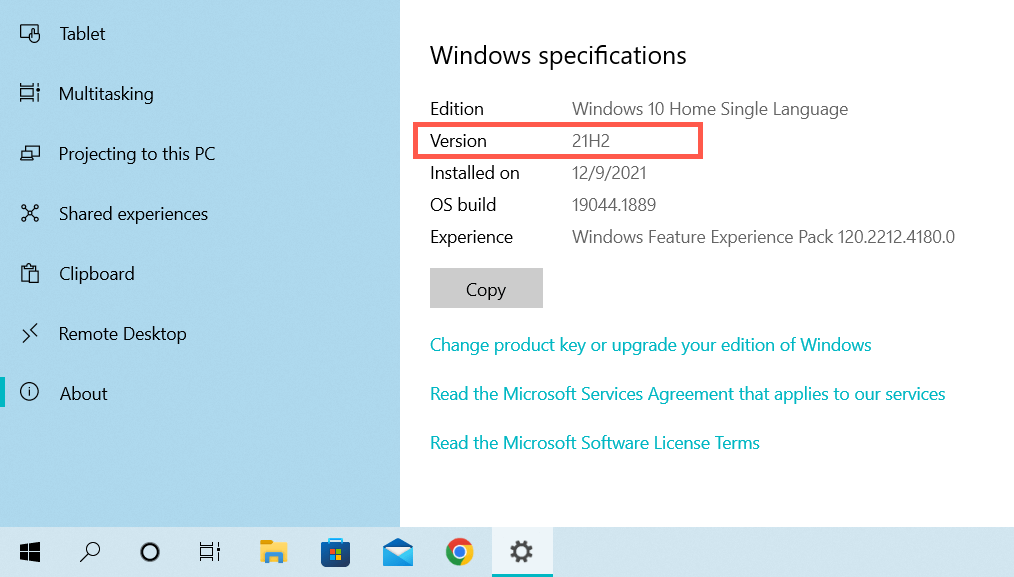
Block Windows 11 Upgrade via Group Policy Editor
If your PC runs the Windows 10 Pro or Enterprise editions, you can block upgrades to Windows 11 via the Local Group Policy Editor.
- Press Windows Key + R to open a Run box. Then, type gpedit.msc and press Enter.
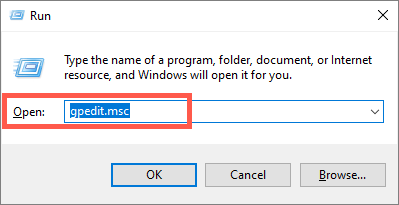
- Navigate through the following directories on the Local Group Policy Editor’s left navigation pane:
Local Computer Policy > Computer Configuration > Administrative Templates > Windows Components > Windows Update > Windows Update for Business
- Double-click the Select the target Feature Update version policy setting on the window’s right side.
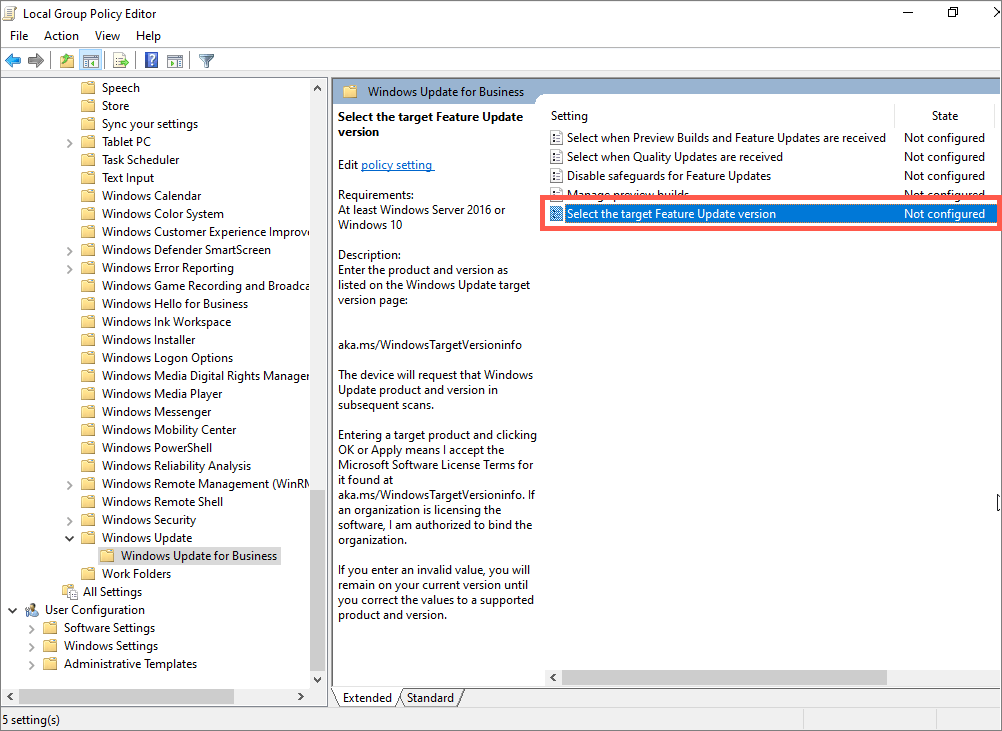
- Select the radio button next to Enabled.
- Type the current Windows 10 version into the Target Version for Feature Updates field.
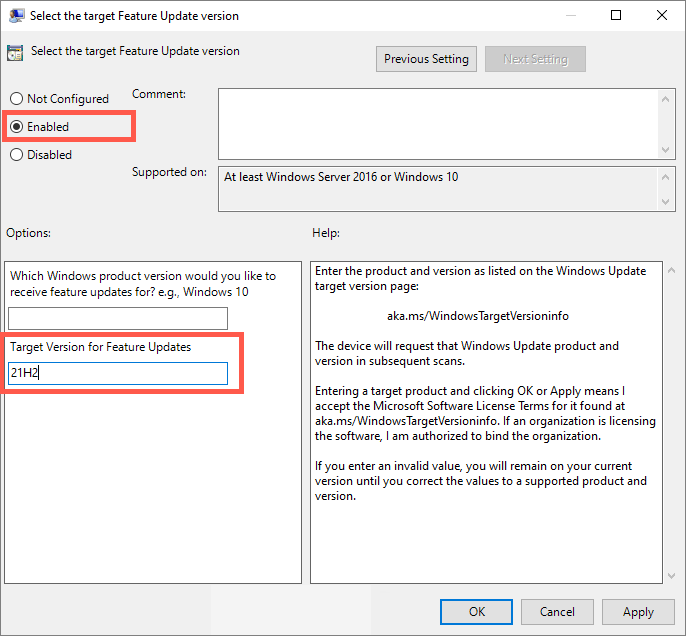
- Select Apply > OK.
- Exit the Local Group Policy Editor and restart your computer.
Block Windows 11 Upgrade via Registry Editor
If you use the Windows 10 Home edition, use the Registry Editor to block upgrades to Windows 11.
- Press Windows + R to open a Run box. Then, type regedit and press Enter.
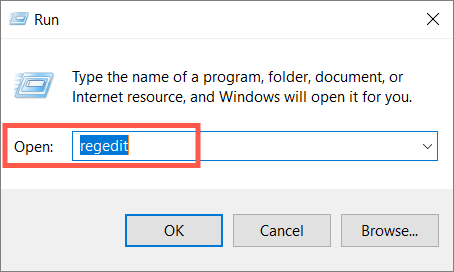
- Copy and paste the following path into the address bar at the top of the Registry Editor window and press Enter:
HKEY_LOCAL_MACHINE\SOFTWARE\Policies\Microsoft\Windows

- Right-click the Windows folder on the left pane and select New > Key.

- Name the folder as WindowsUpdate.

- Right-click the WindowsUpdate folder and select New > DWORD (32-bit) Value.
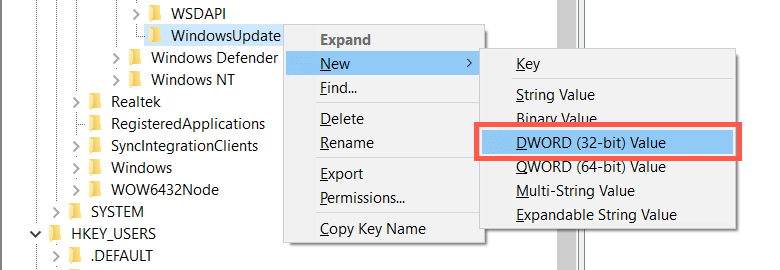
- Name the value as TargetReleaseVersion.

- Double-click TargetReleaseVersion on the right pane, enter 1 into the Value date field and select OK.
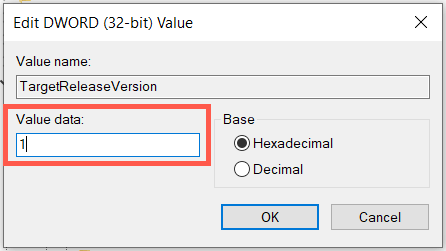
- Right-click the WindowsUpdate folder again and select New > String Value.
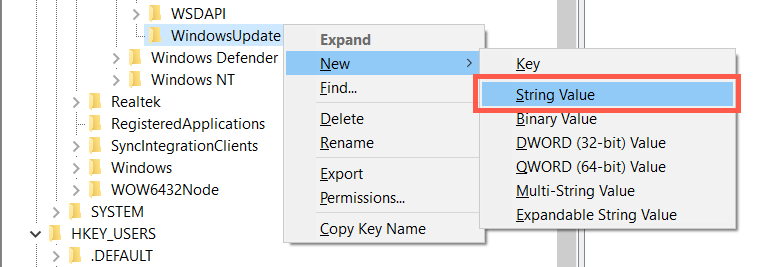
- Name the string as TargetReleaseVersionInfo.

- Double-click the TargetReleaseVersionInfo string, enter your Windows 10 version into the Value data field and select OK.
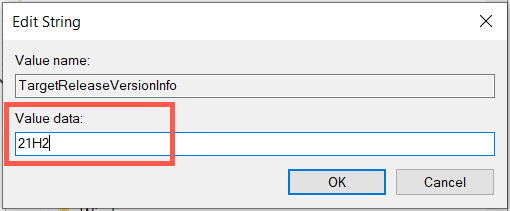
- Exit the Registry Editor window and restart your computer.
Installing Future Windows 10 Version Updates
Despite blocking upgrades to Windows 11, your Windows 10 installation will continue to receive quality and security updates from Microsoft. However, it won’t receive feature upgrades (major Windows 10 updates that Microsoft releases once a year) unless you do the following.
- Check Microsoft’s Windows 10 release information page for the latest Windows 10 version.
- Follow the above instructions and update the version number in the Local Group Policy Editor (step 5) or Registry Editor (step 10).
- Restart your computer and run Windows Update.
If you’ve already upgraded to Windows 11, you can use the following methods to stop future Windows 11 updates. However, your PC will miss out on newer security patches and bug fixes, so we do not recommend blocking Windows Update for extended periods.
Pause Windows Updates via Settings App
You can pause new Windows 11 updates temporarily via the Windows Update Settings. It’s the most convenient option and also the safest.
- Open the Start menu and select Settings > Windows Update.
- Under More options, select the drop-down menu next to Pause updates.
- Pick a duration—Pause for 1–5 weeks—on the drop-down menu.
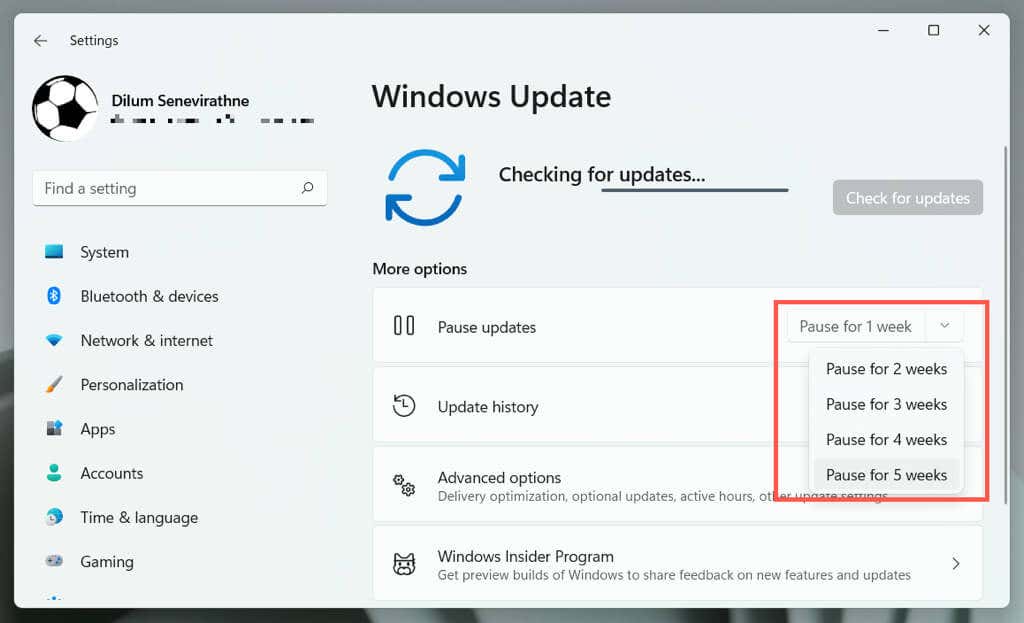
You can resume and install updates whenever you want—just visit Windows Update and select Resume updates.
Set Up Network as Metered Connection
Setting up your Wi-Fi or Ethernet connection as a metered network automatically pauses all Windows 11 updates. Consider using it if you do not want to exceed the monthly bandwidth on a specific network.
- Open Settings and select Network & internet.
- Select Properties under the network name.
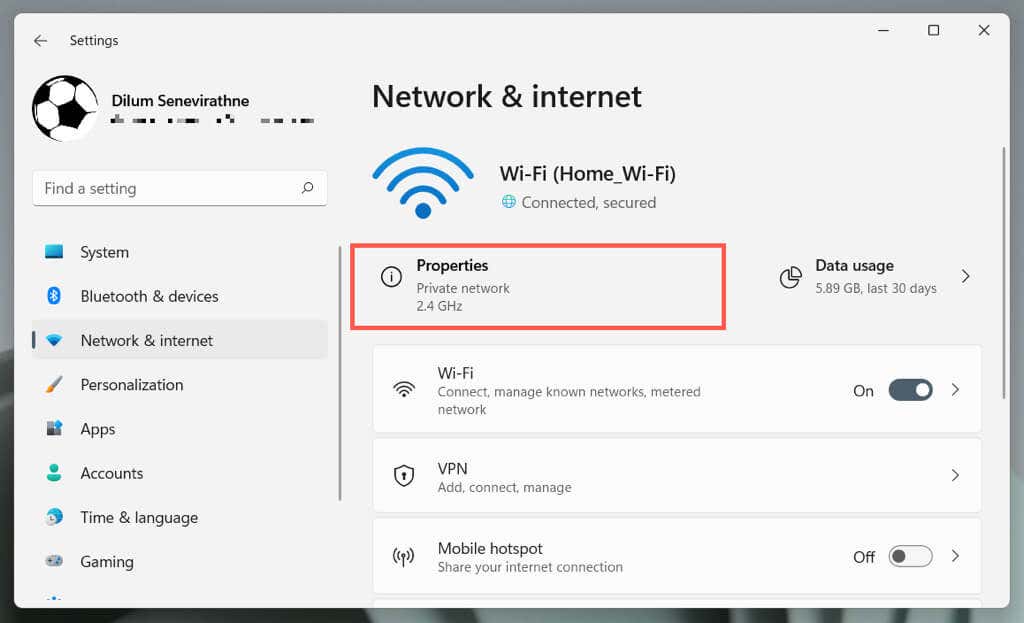
- Turn on the switch next to Metered connection.
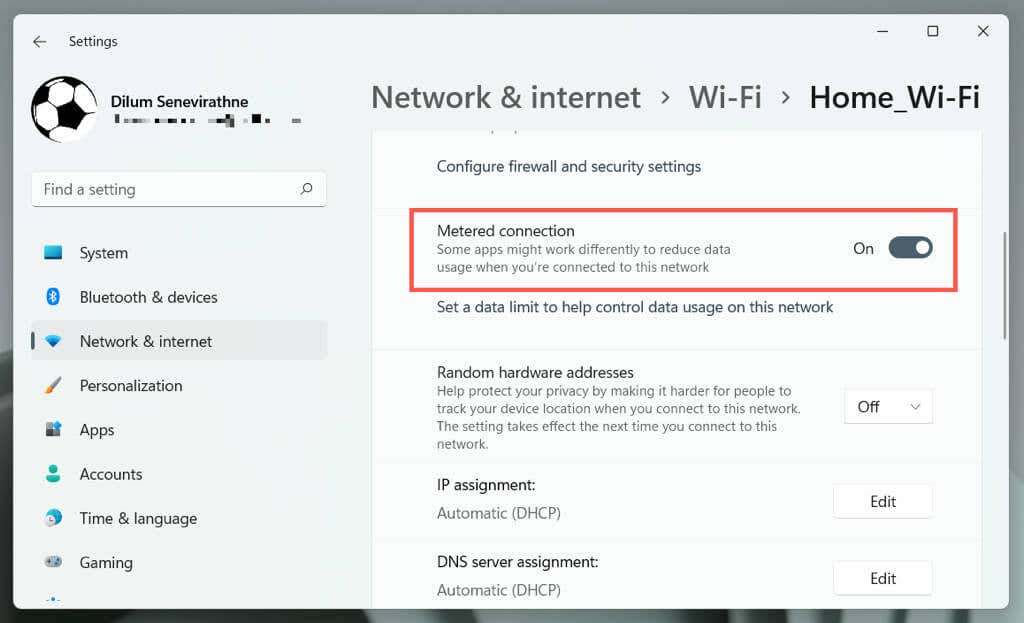
Disable the Metered connection option if you want to allow Windows 11 updates over the network.
Disable Windows Updates via Services
Another way to block new updates is to stop the Windows Update service from running in the Windows 11 background.
- Type services.msc into a Run box and press Enter.

- Double-click Windows Update.
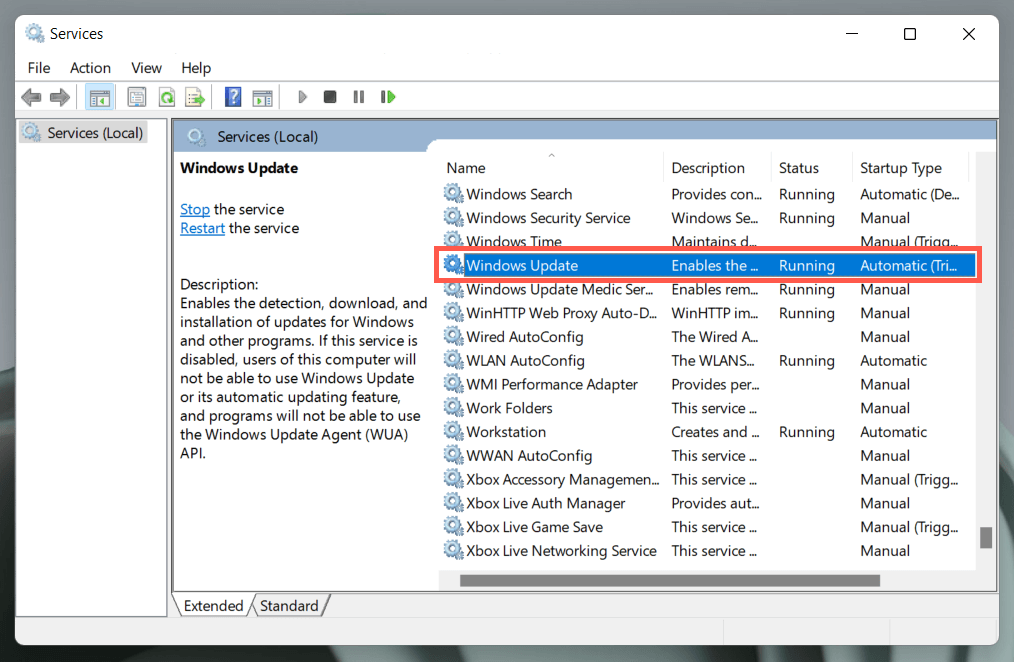
- Set Startup type to disabled.
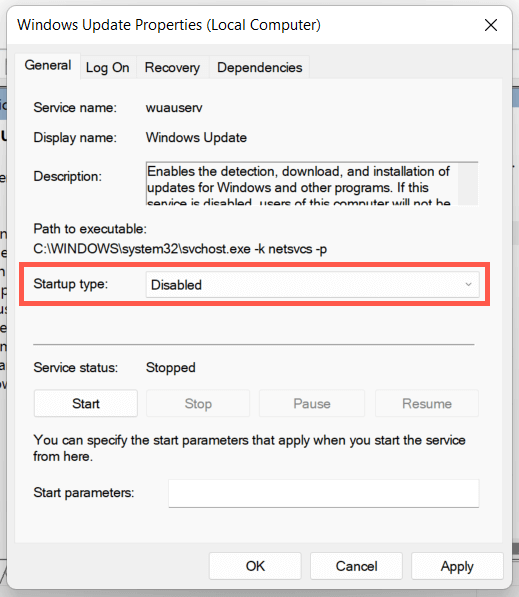
- Select Apply, then OK.
- Reboot your computer.
If you want to re-enable Windows Update, head back and set Startup type to Automatic.
Pause Automatic Updates via Local Group Policy Editor
Use the Group Policy Editor in Windows 11 Pro or Enterprise to disable automatic Windows 11 updates. You will still retain the ability to perform manual updates.
- Type gpedit.msc into a Run box and press Enter.
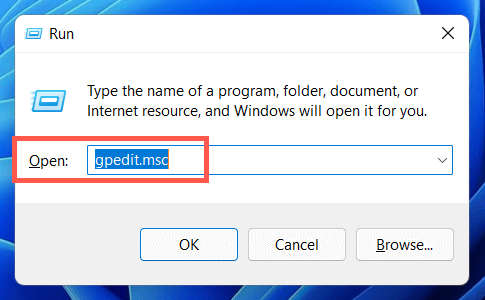
- Navigate through the following directories on the Local Group Policy Editor’s left navigation pane:
Local Computer Policy > Computer Configuration > Administrative Templates > Windows Components > Windows Update > Manage end user experience
- Double-click the Configure Automatic Updates policy setting.
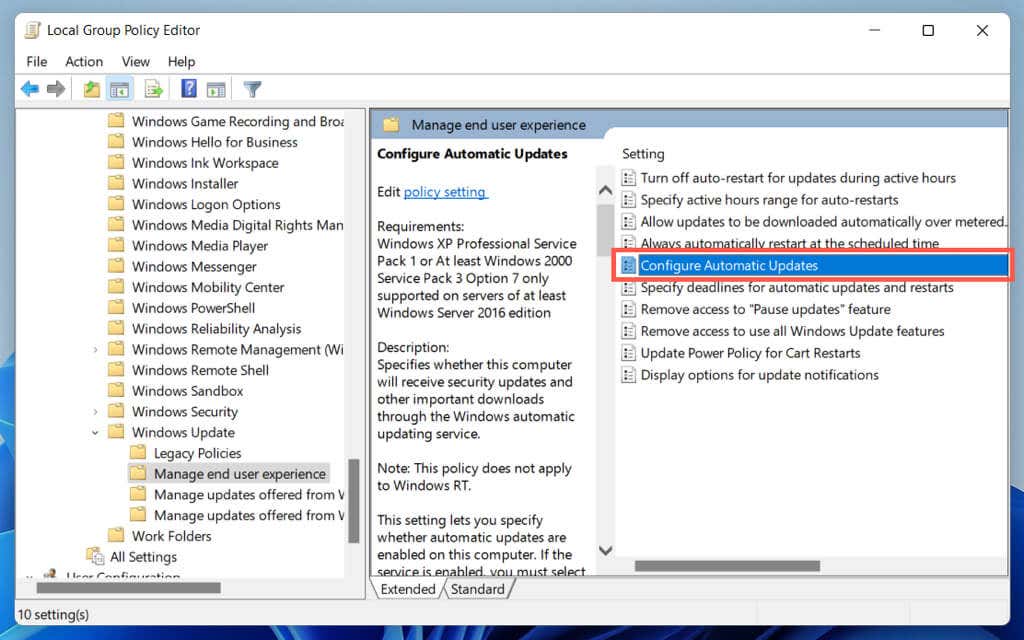
- Select Enabled.
- Open the pull-down menu under Configure automatic updating and select 2 – Notify for download and auto install option.
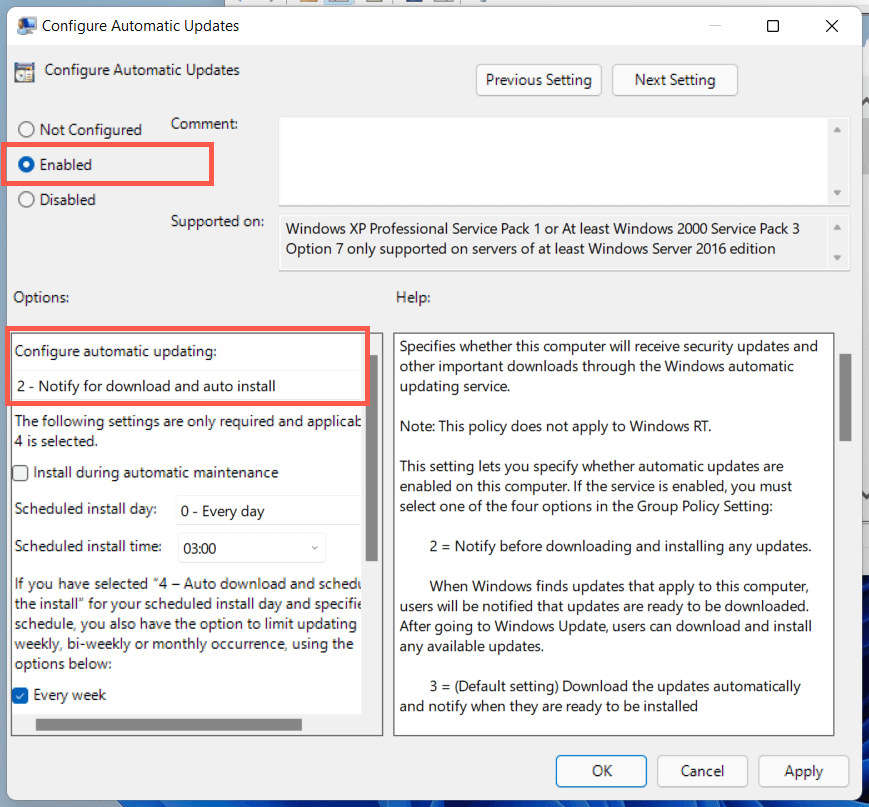
- Select Apply, then OK.
- Restart your computer.
To allow automatic Windows updates later, set the Configure Automatic Updates policy setting to Not Configured.
Pause Automatic Windows Updates via Registry Editor
If you’re a Windows 11 Home user, the following Registry Editor hack will help you disable automatic Windows 11 updates.
- Type regedit into a Run box and press Enter.

- Copy and paste the following path into the address bar at the top of the Registry Editor window and press Enter:
HKEY_LOCAL_MACHINE\SOFTWARE\Policies\Microsoft\Windows

- Right-click the Windows folder on the left pane and select New > Key.

- Name the key as AU.

- Right-click the AU key and select New > DWORD (32-bit) Value.
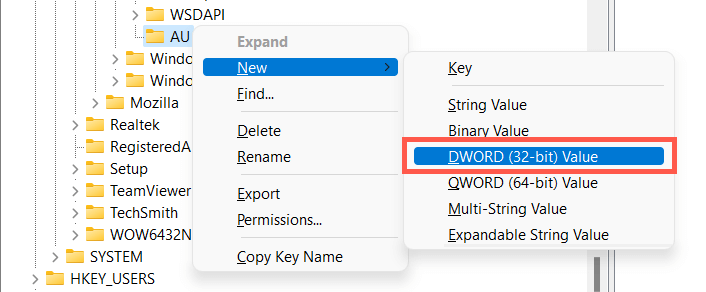
- Name the key as NoAutoUpdate.

- Double-click the newly created NoAutoUpdate key on the right pane and set the value to 1. Select OK to save the changes.

- Exit the Registry Editor.
- Restart Windows 11.
If you want to allow automatic Windows updates later, set the Configure Automatic Updates policy setting to Not Configured.
Have Control Over Windows Updates and Upgrades
Although Windows updates are fun and exciting, they can also break things or cause other issues. Use the methods above if you prefer staying in Windows 10 or don’t want to install incremental updates to Windows 11. Again, we do not recommend pausing updates permanently since that will open your PC to multiple security and performance problems.
As a Windows 10 user, you may have noticed you’re always forced to install the Windows automatic updates (whether you like it or not). Whenever you’re working on your computer, Windows automatically updates the system, and you have to restart the system very often, spending so much time on updating and restarting. This’s frustrating, isn’t it?
Don’t worry, this article introduces the easy methods to stop Windows 10 update completely.
How Can I Disable Windows 10 Update?
Here are the methods you can try. You don’t need to try them all; just work your way down the list until you find the one that works for you.
- Meter your network connection to stop Windows 10 update
- Disable Windows Update service to stop Windows 10 update
- Change Group Policy Settings to stop Windows 10 update
- Change Device Installation Settings to stop Windows 10 update
- Bonus Tip
Why I can’t stop Windows 10 auto update?
As indicated by Microsoft, for Home edition users, Windows updates will be pushed to the users’ computer and automatically installed. So if you’re using Windows 10 Home version, you can’t stop Windows 10 update.
With Windows 8.1 and earlier versions, you can choose to update your Windows in the following four options:
1. Install updates automatically (Recommended)
2. Download Updates but choose when to install them
3. Check for updates but let me choose whether to download and install them
4. Never check for updates (Not Recommended)
However, in Windows 10, these options have been removed and you can disable Windows 10 update at all.
Completely uninstall Windows 10 Update Assistant
Sometimes you’ve tried the solutions below to stop Windows 10 update, but it fails to work in times. one of the possible reasons is that Windows 10 Update Assistant modifies the settings in your computer and Windows 10 auto update starts to work again.
If you have Windows 10 Update Assistant installed in your computer, you should uninstall it completely.
Note: if you don’t want to uninstall Windows 10 Update Assistant, you can disable it from Task Scheduler. Go to Task Scheduler >Task Scheduler Library > Microsoft > Windows > UpdateOrchestrator, then click Update Assistant in the right pane. Make sure to disable each trigger in Triggers tab.
1) Press the Windows logo key
2) Find the Windows 10 Update Assistant in the listed programs, and right click on it, then select Uninstall.
3) Confirm the delete.
4) Open File Explorer, and click This PC.
5) If the Windows Update Assistant is installed by default when you install your Windows OS, go to the file where your system is installed, normally it’s This PC > C drive > Windows > Windows10Upgrade, then delete the Windows10Upgrade folder.
If the Windows 10 Update Assistant is installed separately, you can go to the location where the Windows 10 Update Assistant is saved, and delete the installation folder. It’s normally named as Windows10Upgrade.
6) Go to This PC > Windows, delete the folders named UpdateAssistantV2 and UpdateAssistant.
After the full uninstallation of Windows 10 Update Assistant, restart your computer.
Then you can try the methods below to stop Windows 10 update and it should work.
Way 1: Meter your network connection to stop Windows 10 update
Many people may not notice that there is a simple way to stop Windows 10 automatic updates. You can set your WiFi network as metered connection. So if your computer is connecting to WiFi, you can try this:
1) Click the Start button at the bottom left on your desktop, then click the Settings app.
2) Click Network & Internet.
3) Click WiF on the left pane, then click the name of your Wi-Fi connection.
4) Click to turn on Set as metered connection.
In doing this, Windows will assume that you have limited data plan when using WiFi. So it won’t push installing updates in your computer. However, if your computer is connecting to Ethernet, Windows will assume that you have unlimited data plan, and this method will not work. But you can also try the following methods to turn off Windows 10 update.
Way 2: Disable Windows Update service to stop Windows 10 update
Windows Update service can detect, download and install the Windows updates and programs. Once disabled, you can not use the Windows automatic update feature, and programs will not be able to automatic download and install.
Some people find it impossible to disable Windows 10 update in the Windows Update service, and the settings changes every time your computer starts installing the Windows update. It’s likely caused by Windows 10 Update Assistant. If that’s your case, you should completely uninstall Windows 10 Update Assistant in your computer first.
Once uninstall Windows 10 Update Assistant, you can start the steps below:
1) On your keyboard, press the Windows logo key 
2) Type services.msc and press Enter.
3) Scroll down to Windows Update, and double click it.
4) In Startup type, select Disabled. Then click Apply and OK to save the settings.
5) If it’s the first time that you stop the Windows Update service, you may also need to take one more step:
Still on the Windows Update Properties pane, click the Recovery tab, select Take No Action in the First failure section, then click Apply and OK to save the setting.
6) Restart your PC to make it take effect.
Note: If you disable the Windows Update service, your computer will not be able to download the updates. When you manually click to update, you will see a message that updates were not installed because computer was stopped. So if you want to update your Windows 10, you can go to the Windows Update service, and select Automatic to enable the service. Then you will be able to update your Windows.
Way 3: Change Group Policy Settings to stop Windows 10 update
You can also use the Group Policy Editor to change the settings to prevent Windows 10 from automatically updating.
Kindly note that Group Policy is available in Windows 10 Pro and Enterprise, so if you’re using Windows 10 Home, Group Policy is not available in your computer, and you can try other methods.
1) On your keyboard, press the Windows logo key 
2) Type gpedit.msc and click OK.
3) Go to Computer Configuration > Administrative Templates > Windows Components > Windows Update.
4) Double click Configure Automatic Updates.
5) Select Disabled in Configured Automatic Updates on the left, and click Apply and OK to disable the Windows automatic update feature.
Tips: When you need to update your Windows version later, you can repeat the steps above, then select Enabled to turn on this feature, so that you can continue to download the updates.
Note: It’s not recommended to disable it because you may sometimes miss the important Windows update. It’d better to select Enabled, then choose: 2 – Notify for download and auto install. In doing so, you will receive notifications about new Windows update, and you can to choose when to download the update as you wish.
Way 4: Change Device Installation Settings to stop Windows 10 update
If you don’t want to automatically update your device drivers in your computer, you can try these steps:
1) Type control panel in the search box, and click Control Panel.
2) Click System.
3) Click Advanced system settings on the left.
4) Click the Hardware tab, then click Device Installation Settings.
5) Select No (your device might not work as expected) and click Save changes.
6) Click OK to finish the settings. Then your device drivers will not automatically download from the manufacturers.
Bonus Tip
Windows Update updates your computer, so you can enhance your system performance and fix some issues. Since Windows 10 update has been disabled in your computer, you should consider updating your device drivers in your computer, with the attempt to keep your computer hardware in good condition and improve the performance.
Tips: It’s possible there are problems with some drivers, as the outdated or missing drivers can cause problems as well. So you should keep your device drivers up to date.
There are two ways to update your device drivers: manually and automatically.
Update your drivers manually – You can update all available drivers manually ONE BY ONE until you pin down the exact driver at fault. Firstly you’ll have to go to the manufacturer’s website, search for the most recent correct driver for the devices. Be sure to choose only drivers that are compatible with your variant of Windows system versions. Then download & update them all by yourself.
OR
Update your drivers automatically – If you are not familiar with playing around with drivers, it’s recommended to do it with Driver Easy. With Driver Easy, you don’t need to know exactly what system your computer is running, you don’t need to risk downloading and installing the wrong driver, and you don’t need to worry about making a mistake when installing.
You can update your drivers automatically with either the FREE or the Pro version of Driver Easy. But with the Pro version it takes just 2 clicks (and you get full support and a 30-day money back guarantee):
1) Download and install Driver Easy.
2) Run Driver Easy and click the Scan Now button. Driver Easy will then scan your computer and detect any problem drivers.
3) Click the Update button next to a flagged device to automatically download and install the correct version of this driver (you can do this with the FREE version).
Or click Update All to automatically download and install the correct version of all the drivers that are missing or out of date on your system (this requires the Pro version – you’ll be prompted to upgrade when you click Update All).
4) After updating, restart your computer to make it take effect.
There are the helpful methods to stop Windows 10 update. Hope it works for you. If you have any questions, feel free to comment below and we will see what more we can do to help.
